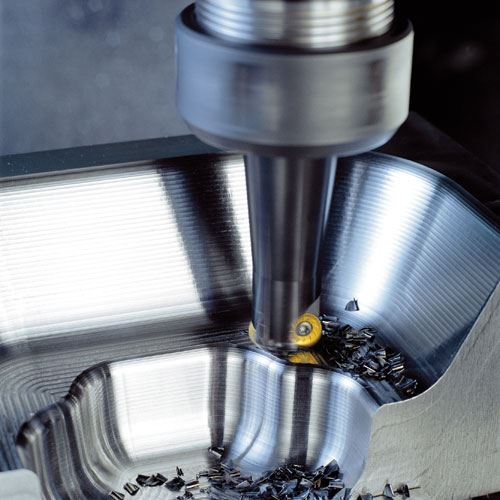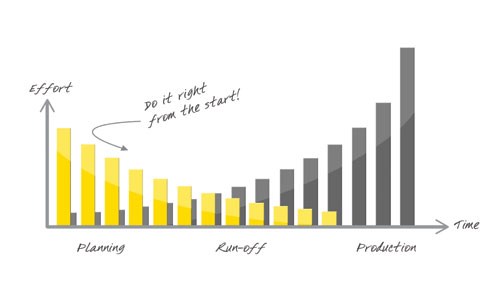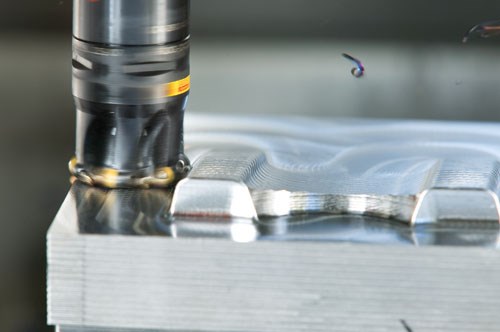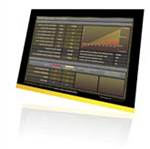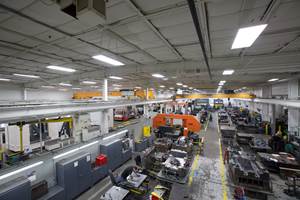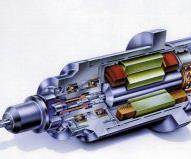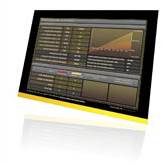Smart Machine Investment Planning
The steps to take to fully unlock the potential of your new technology investments.
Putting a new machine on your shop floor can be a big transition—and growing pains are to be expected. But when your new machine investment brings an excessively rocky, expensive or otherwise stressful ramp-up period, it may be time to take a step back and assess your research and planning process.
The act of purchasing and installing a new machine is not a straight-forward process for improved moldmaking productivity. The opportunity to vastly enhance your processes and bottom line exists, but you must take certain steps to fully unlock the potential of your new technology investments.
Decisions made during the machine investment process can handcuff you or set you free—depending on how thoroughly you think through the technology features, accessories and tooling for your new machine. That’s why it’s crucial to take certain steps to ensure you get the most from your investment, and the quickest possible payback.
Take Your Time, Think It Through
• How does your machine investment planning process typically begin?
• What kind of analysis do you do (project review, stakeholder analysis, specification of demands)?
• When you decide to get serious about a machine purchase, who is your first contact?
• Do you involve other outside suppliers in the early stages of the process?
Many times, moldmakers might purchase a new machine before fully considering their needs and the options that are available. In this scenario, you can miss other potential areas for improvement—namely tooling, accessories and the machine features that support them. In fact, there may be productivity-enhancing options or capabilities you aren’t even aware of until after you’ve purchased the machine.
Also, the initial planning period is an opportune time to reap the benefits of rolling your capital tooling costs into your machine tool package—so that your full investment (rather than just the machine itself) can be wrapped into capital equipment financing.
Work with your team and outside experts to evaluate your current parts, processes and applications, while considering new components you might add down the road. Partners can help you develop cost-per-component studies to guide your machine decisions based on long-term value (rather than initial equipment cost) and create targeted tooling packages to match your individual machining requirements.
The Right Questions, The Right Solutions
Getting all the details on every available moldmaking technology can be a challenge—particularly if it’s been a while since your last machine purchase. Your machine tool builder can explain the available machine features, but beginning to think about your total package from the start can help you get the most bang for your buck.
Since the machine you buy will dictate the types of tooling, spindle and accessories you can use, planning for these factors before and during the machine buying process, not after, can benefit your productivity in the long run.
First, you’ll need to explore your machine configuration options. Do you need full five-axis capabilities? Or three-axis vertical machining? Or perhaps something in the middle—such as universal turning with driven tooling? Multifunctional machines, for example, can sometimes be more beneficial, because they increase machine utilization and enable productive tooling options.
Next, you need to consider the other available technologies that could help you increase productivity and reduce idle machine time; remember, the more a machine is producing parts, the quicker it will pay back. High-pressure coolant, quick-change tooling and quick-change component fixturing are three examples of technologies that you may want to consider.
Remember that you’ll need tooling and accessories that will be compatible with your chosen machine and spindle to maximize its production. Multifunctional machines, for example, require particularly strong tooling and coupling because the machines use the same spindle for rotating and static applications. Work with your machine tool distributor to see if you can wrap your tooling and accessory purchases into the cost of your machine for financing purposes. This could lessen the upfront impact on your budget.
Last but not least, make sure you have a handle on the programming techniques and tools you’ll need to optimize multifunctional and multi-axis machine operations, should you decide to purchase that type of machine.
Short changing any element of your moldmaking infrastructure—from the machine configuration to the tooling and programming software—can cause weak links in your operation, hindering a faster return on your investment and making it harder to optimize down the road.
Value Over Cost
The stakes are high during a new machine purchase—and this is no time to cut corners. After answering the aforementioned questions to help guide your purchase, you’ll have a ballpark idea of the cost of your investment. While it may be considerable, don’t let the initial cost affect your ultimate purchase. Choosing new machining technologies based on price tag alone will only create added stress and unforeseen costs down the road. Instead, use cost-per-component studies to help justify your investment and demonstrate fast payback potential.
If you’re still balking at the idea of putting up a larger sum of money upfront for your machine and planned tooling package, consider rolling your tooling package into your machine financing. This can decrease some of the financial burden, but still allow you to have the tooling you need to be as productive as possible from the minute your machine hits the shop floor.
A lower cost per component and less trial and error are just two of the benefits of considering your tooling, accessories and machine programming right from the start. Spending more time on upfront planning ensures a smoother run-off and minimum production disruptions. These efforts can cut machine-payback time by an entire year, in some cases. By reducing payback time, you reduce the time it takes for your new machine to start making your business more profitable. Failing to do so, however, makes for extra work later and will ultimately lead to stress and hinder profits.
Partnership = Productivity
Early partner involvement is key to successful machine investment planning. Your machine-tool builder will be a great resource and the more expert resources you tap into from the very beginning, the more value you’ll gather from the machine-investment process. This means partnering with tooling, accessory and technology suppliers as well as with your machine tool builder to ensure educated machining choices.
Work with experienced and committed partner suppliers that have strong relationships with leading machine tool builders. These partners can provide valuable guidance throughout the machine planning phase—not only in regards to machine options, but also custom tooling packages, programming and accessories.
This thorough due diligence will pay off—speeding your machine payback, benefiting your bottom line and opening doors to new opportunities you may not have even considered.
Related Content
Design Strategy Tackles Big and Small Complexity Challenges for Southeastern Mold Builder
Delta Mold Inc.’s core values, engineering expertise, five-axis machines and molding capabilities help the team turn a proposal into a manufactured mold or part with custom design, finishing and assembly.
Read MoreHow to Eliminate Chatter
Here are techniques commonly used to combat chatter and guidelines to establish a foundation for optimizing the moldmaking process.
Read MoreMachining Center Spindles: What You Need to Know
Why and how to research spindle technology before purchasing a machining center.
Read MoreDevelopments in High-Speed Machining Technology
There have been many exciting developments in high-speed machining relative to machining centers and controls, tooling and CAD/CAM systems.
Read MoreRead Next
How to Better Your Machine Tool ROI
The justification of purchasing a new machine tool is becoming more and more difficult, particularly with today’s technology and global competitive economy. Return on investment (ROI) strategies based on past inefficient manufacturing performance does not represent today’s machine tool technologies. With competitive pressures the way they are, exotic materials and more complex designs, manufacturers need to be smarter, leaner and more profitable. Above all, the challenge of maintaining your competitive edge and generating the fastest possible return of your investment is crucial.
Read MoreHow to Use Strategic Planning Tools, Data to Manage the Human Side of Business
Q&A with Marion Wells, MMT EAB member and founder of Human Asset Management.
Read MoreReasons to Use Fiber Lasers for Mold Cleaning
Fiber lasers offer a simplicity, speed, control and portability, minimizing mold cleaning risks.
Read More
